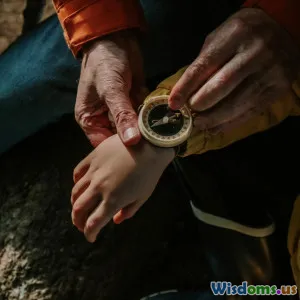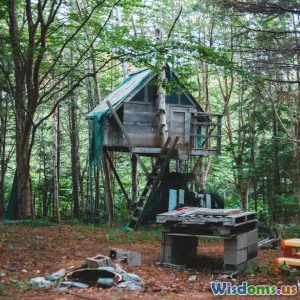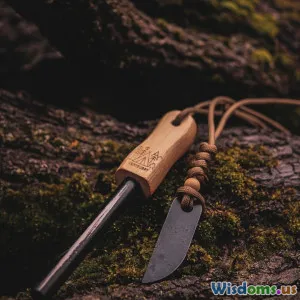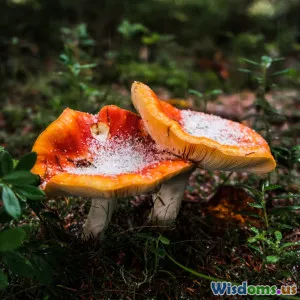
The Best Foraging Spots Across America
8 min read Discover America's top foraging spots to boost your survival skills and connect with nature through wild edibles. (0 Reviews)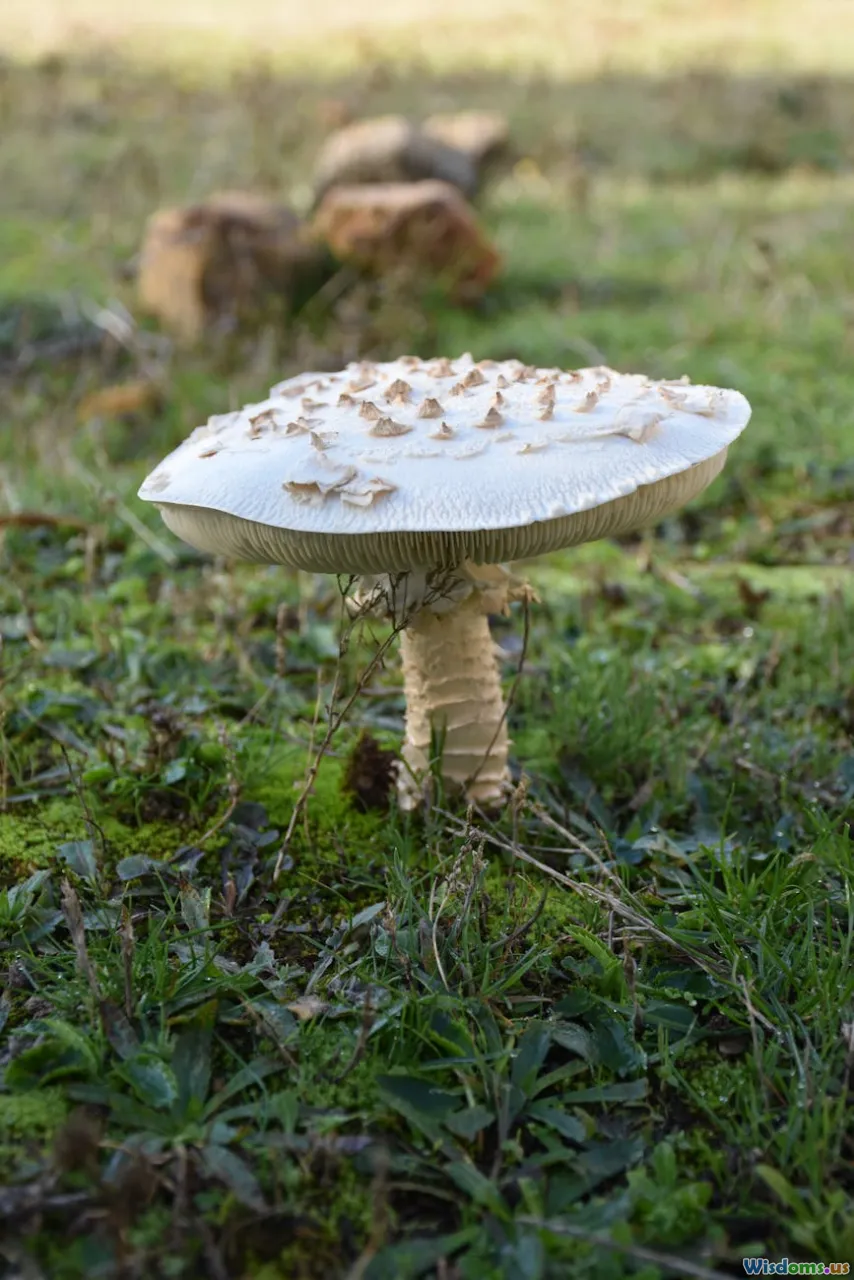
The Best Foraging Spots Across America
If you’ve ever dreamed of gathering your own wild meals in the great outdoors, mastering the art of foraging is an essential skill—one deeply tied to survival, adventure, and reconnecting with nature. America’s vast and varied landscape offers an impressive array of locations where you can find everything from fragrant wild herbs and sweet berries to nutrient-rich nuts and edible roots.
But not all foraging spots are created equal, and knowing where to venture can mean the difference between a rewarding harvest and coming home empty-handed. In this article, we’ll explore some of the best foraging hotspots across the United States, providing you with detailed insights, safety tips, and what to expect from each location.
Understanding Foraging: A Prelude to Safe Adventure
Before diving into specific locations, it’s important to understand the essence of responsible foraging. Knowledge of local flora is critical. Misidentifying plants or mushrooms can lead to dangerous consequences.
As foraging expert Samuel Thayer explains, “Good foragers cultivate respect for the land, and care deeply about sustainable harvest and species preservation.” Always cross-reference with field guides, check local regulations, and never take more than you need.
Northeast Wilderness: The Berry Bounty and More
The Northeastern United States, with its mixed hardwood forests and coastal wetlands, offers an abundance of wild berries, nuts, and mushrooms. Here’s what makes this region a forager’s treasure trove:
- Acadia National Park, Maine: Famous for its wild blueberries and raspberries in late summer, Acadia’s mix of coastal and forest ecosystems provides an ideal spot for foragers. In the fall, black walnuts and hickory nuts are plentiful.
- Catskill Mountains, New York: Wild ramps—a pungent wild leek highly valued in culinary circles—can be found here during spring. The Catskills also host numerous edible mushrooms such as chanterelles and oyster mushrooms.
Thayer notes that “the Northeast’s predictable seasons make planning a foraging trip manageable, giving beginner foragers a clear window to harvest specific edibles.”
Pacific Northwest: A Mushroom Forager's Paradise
The Pacific Northwest’s temperate rainforests and mild climate create unmatched conditions for mushroom growth and wild greenery.
- Olympic National Forest, Washington: This area is renowned for its diversity of wild mushrooms including morels, black trumpets, and porcini during spring and fall. Foragers often cite this forest as a top mushroom hunting ground in North America.
- Tillamook State Forest, Oregon: Besides mushrooms, foragers will find wild blackberries, huckleberries, and wild apples. The forest's diverse ecosystems span wetlands to coniferous groves, supporting rich biodiversity.
Local forager and author David Arora states, “For mushroom lovers, the Pacific Northwest is nothing short of a banquet waiting to happen.” Just remember to always double-check mushroom identity with expert guides!
Southeast Coastal and Appalachian Regions: Diverse and Flavorful
The Southeast combines warm climate and abundant water sources to cultivate a unique foraging environment, from coastal plains to mountainous terrain.
- Great Smoky Mountains, Tennessee/North Carolina: This national park is a hotspot for ramps, fiddlehead ferns, and pawpaw fruits—the largest edible fruit native to the U.S. The Smokies also abound with wild blackberries and blueberries.
- Coastal Georgia and South Carolina: These salt marsh edges and pine forests offer wild plums, crabapples, and wild persimmons. The diversity here is notable because of the mix of coastal and forest ecosystems.
Indigenous and local foragers often cite this region as a place where survivability skills meet rich flavors and ecological knowledge.
The Midwest: Nut Trees and Wild Greens
While often overlooked, the Midwest is a prime foraging region.
- Ozark National Forest, Arkansas: Black walnuts, pecans, and hickory nuts flourish here. In spring, wild garlic and dandelion greens provide fresh, edible options.
- Farmers’ markets and adjacent woodlands in Minnesota: Foragers find chokecherries, wild grapes, and elderberries nestled in the landscape.
A study from the University of Minnesota reminds us that foraging here complements seasonal farming and offers edible diversity seldom found in urban settings.
Southwest Desert and Mountain Foraging: An Unexpected Edibles' Oasis
While deserts may seem barren, survival experts know many edible plants thrive in these challenging environments.
- Apache National Forest, Arizona: Contains edible prickly pear cactus pads and fruits, along with wild mesquite seed pods used by native peoples.
- Santa Fe National Forest, New Mexico: Wild chiles, elderberries, and nuts like piñon pines provide valuable nutrients for backcountry adventurers.
These locations teach foragers a crucial survival lesson: even in stark environments, nature provides if you know where to look.
Tips for Safe and Ethical Foraging
- Know Your Local Laws: Some parks prohibit foraging. Always check current rules and acquire proper permits if needed.
- Use Reliable Identification Tools: Books, apps, and courses can help, but cross-reference multiple sources.
- Forage Sustainably: Only take what you need and leave plenty for wildlife and plant regeneration.
- Respect the Environment: Avoid damaging plants or habitats while harvesting.
Conclusion: Embrace the Wild Harvest
Foraging is more than collecting food; it’s an immersive adventure that reconnects us to our natural origins and enhances survival skills in any setting. From Maine’s wild blueberry bushes to Oregon’s mushroom-rich forests, America offers a panorama of wild edibles waiting to be discovered by curious and careful adventurers.
Whether you are a seasoned survivalist striving to sharpen your skills or an outdoor lover seeking a new challenge, understanding America’s best foraging spots can turn any hike into a nourishing expedition for body and soul. So pack your guides, gear up responsibly, and set out to harvest nature’s bounty—your wild pantry awaits.
“In every walk with nature one receives far more than he seeks.” – John Muir
Rate the Post
User Reviews
Popular Posts











